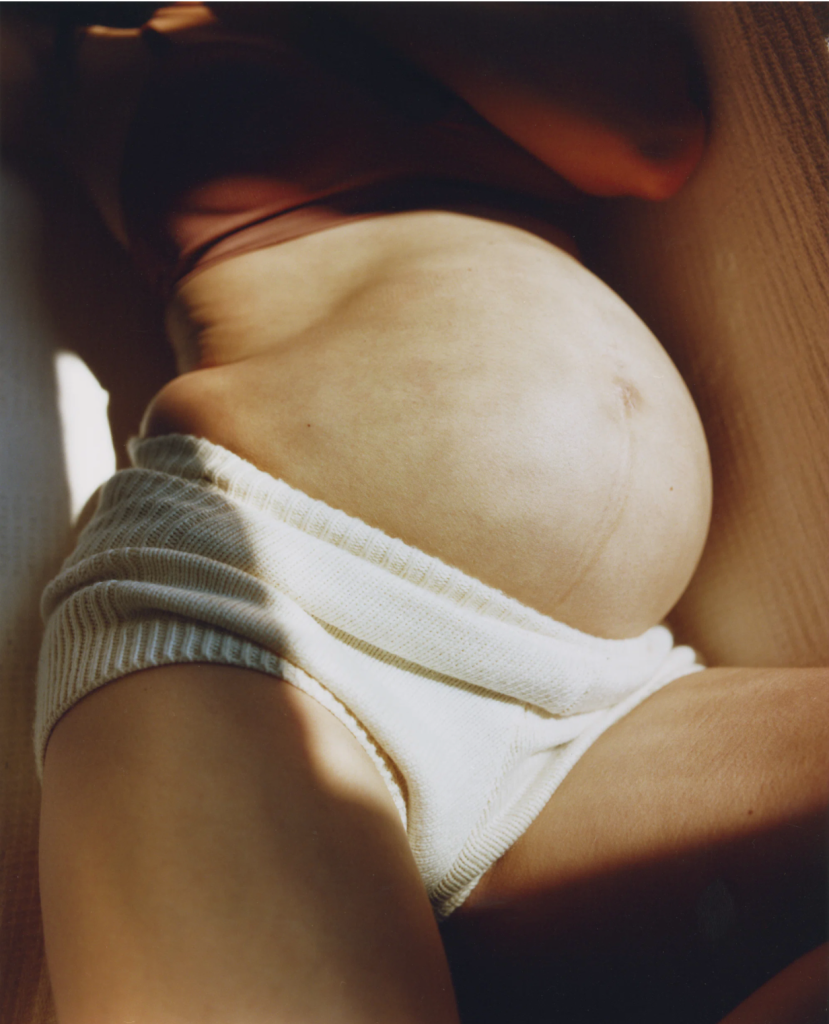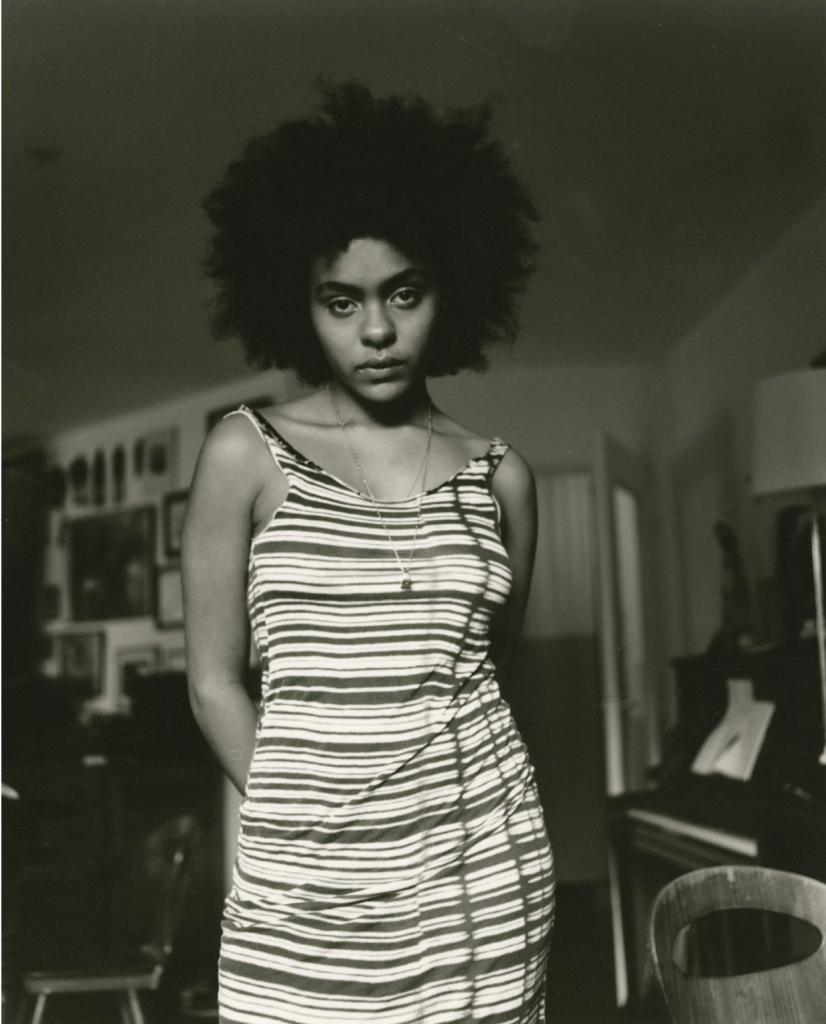Photography is a medium that gives the photographer power to represent subject matter in a way that they choose. Although image-making can empower the subject, by providing a platform or voice, it can equally take away power from those represented within in an image. The balance of power depends on the relationships between the author, subject and audience. The more equal this balance is, the more morally considered an image is. To achieve this, the photographer needs to consider their subject matter carefully and the context of which their imagery will be seen. Taboo subjects can sometimes be uncomfortable to portray, due to social conventions that determine what is acceptable in society. However, it is important to address issues and allow the viewer to question what they are seeing to allow ideas and social praxis to evolve. As a result, the photographer needs to assess the risks involved within their own work, by considering what they are and who they affect carefully. As Ariella Azoulay expresses in Photography consists of collaboration, Camera Obscura:
“Photography can be used to wield power, but it can also be used to restrain power and to imagine”
Who’s Looking?
The perception of an image not only depends on who is looking at it, but also on the gaze of the author. This gaze is directing the viewer to witness content in a subjective manner that is prompted by the photographer’s own experiences, ideas and viewpoints. If a piece of work is dominated by a male gaze, the representation of women differs to that of imagery led by a female gaze. Equally a western gaze can change the way that an image is perceived, which will be effected further by the context in which an image is seen.
Bettina Pittaluga is a photographer that is led by sociology and her work heavily focuses on the relationship between the subject matter, audience and author. Her work is directed by a female gaze and concerns itself with honest representations of her subjects, exploring themes of identity and human connection. The audience’s participation is key to this, as they adopt assertive postures and lock eyes with both the photographer and viewer. Consequently, the audience is invited into the scene and permission is granted for them to enter the world within it, in all its authenticity.
https://www.instagram.com/bettinapittaluga/?hl=en



